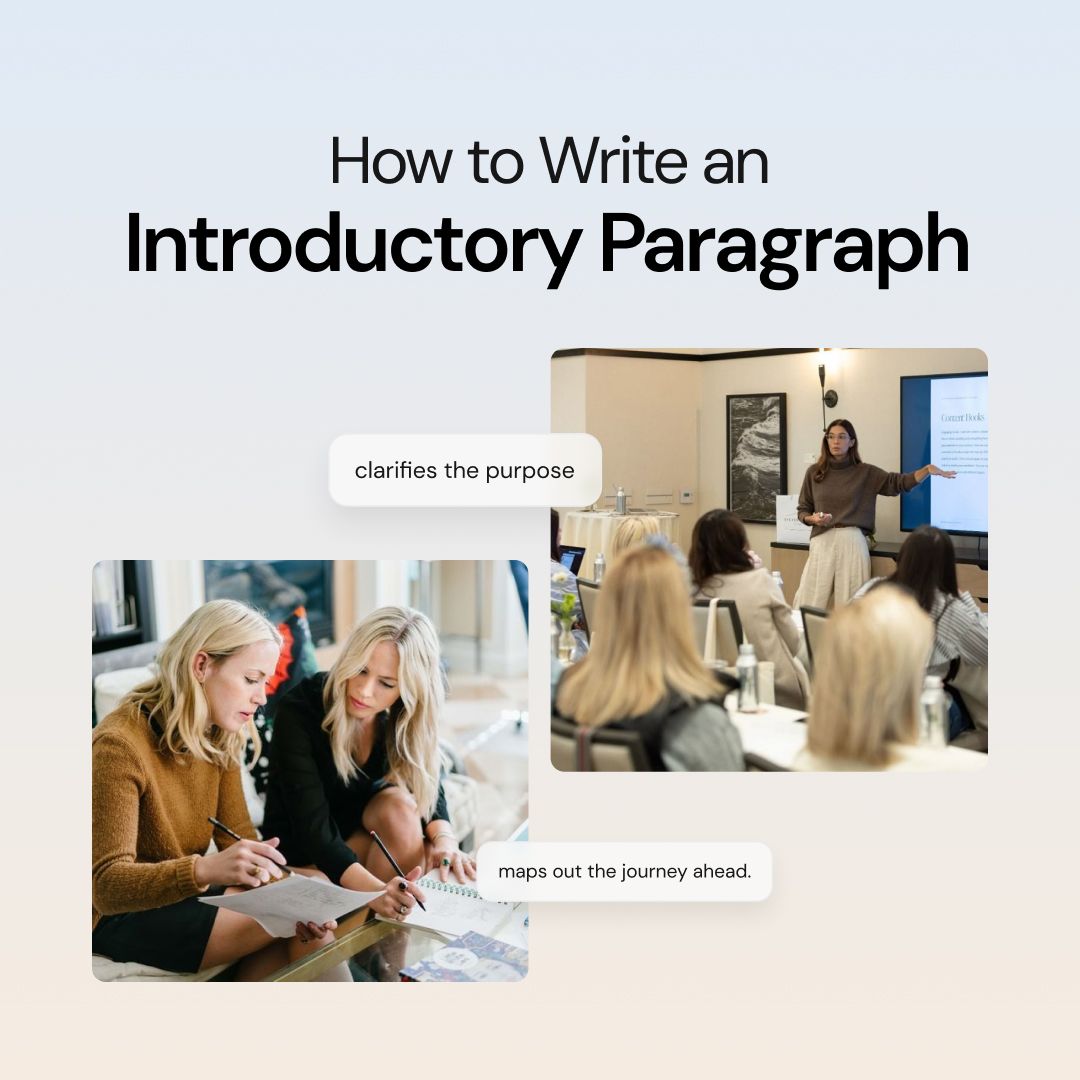Frequently Asked Questions
More topics you may like

How to Write an Executive Summary, with Multiple Examples

Muhammad Bin Habib

How to Write an Effective Speech: Detailed Guide

Muhammad Bin Habib

How to Write an Introductory Paragraph: Structure, Examples, and Tips

Muhammad Bin Habib

How to Write a Brand Collaboration Proposal in 2025

Muhammad Bin Habib

How to Write a Great Memoir: How to Start & Finish Your First Draft

Muhammad Bin Habib
